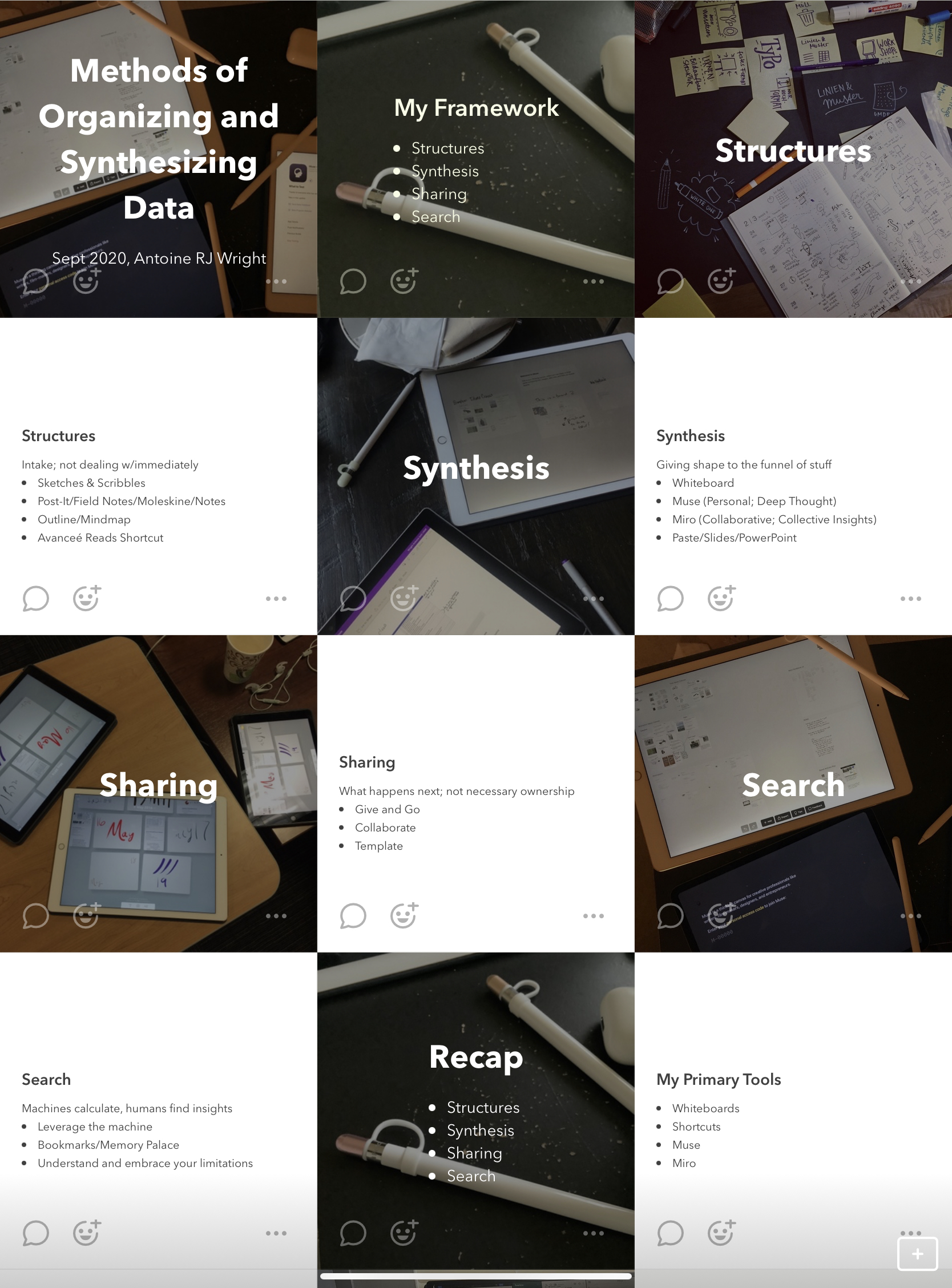Sensemaking
Today seems to have been a continual gospel about sensemaking. In its most basic definition, sensemaking is the method or process that one uses to make sense of the world around them. Often, we have these frameworks and many of them quickly become unconsciously driven. However, when they become consciously driven, we describe a different word to this: culture, regulation, policy, process, etc. no matter how you describe it, this tends to be a very common artifact of those persons who take whatever they learned and move forward. Knowledge transfer, and it’s very core is the realized opportunity of sensemaking.
One thing that you may realize quickly, if you take a look across an organization, is that there are often individuals whose ability to make sense out of data or structures tend to go very far beyond, or lag very far behind, the mean. The company, or team, or department, figures out what this mean is, and then tries to put in place other methods of making sense out of their environment in order to get everyone on the same page. Agile methodologies are one artifact of this type of normalization. However, not every sensemaking method or behavior can be normalized. Creativity in thought is a uniquely humane condition. What might be normal to one person or group, is now a conscious effort to be simply understood by another.
As a part of what this initiative puts forward, since making is something that all teams in groups can I scribe to. But it has to be done under a framework or a structure that allows the group to discover their own methods. When is successful, it doesn’t look like work on our side. It looks more like “simplified miracles.“ It looks a little bit less like magic, or unique understanding, and begins to look a little bit more like “oh, this is possible for us. And if we… then we might also leverage similar artifacts.” One could argue that one of the great failures of the design profession is that the focus on deliverables or outputs has dulled the ability for others to make sense of their own worlds — restricting their ability to be creators of their own environments. Sensemaking, if done well, offers a chance for a framework for the co-creation to actually take place, and be welcomed as a part of transformation.
What does our sensemaking framework look like?
- Structures (intake, not immediate)
- Synthesis (give shape to what’s in hand)
- Sharing (ownership only if necessary)
- Search (machines calculate, humans find insight)
Simply speaking, it’s just a funnel with an intention on leveraging the technologies at hand (analog, digital, and collaborative) in order to make sense of items and put them in a posture for others to be able to add them to their own frameworks. So far, it’s been a pretty successful framework. But, it could use some more exercises. All senses should be exercised. And what works gets evangelized until others remix to their needs.
